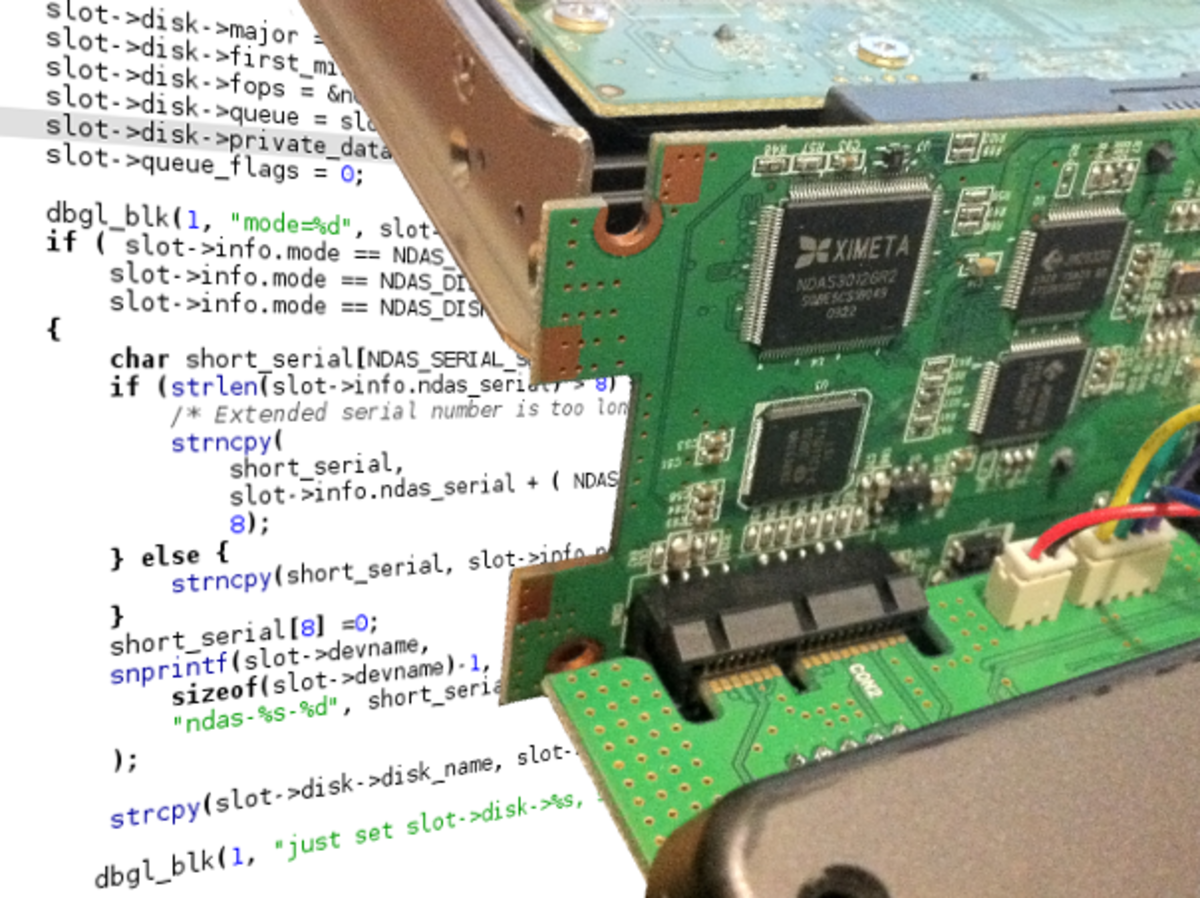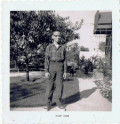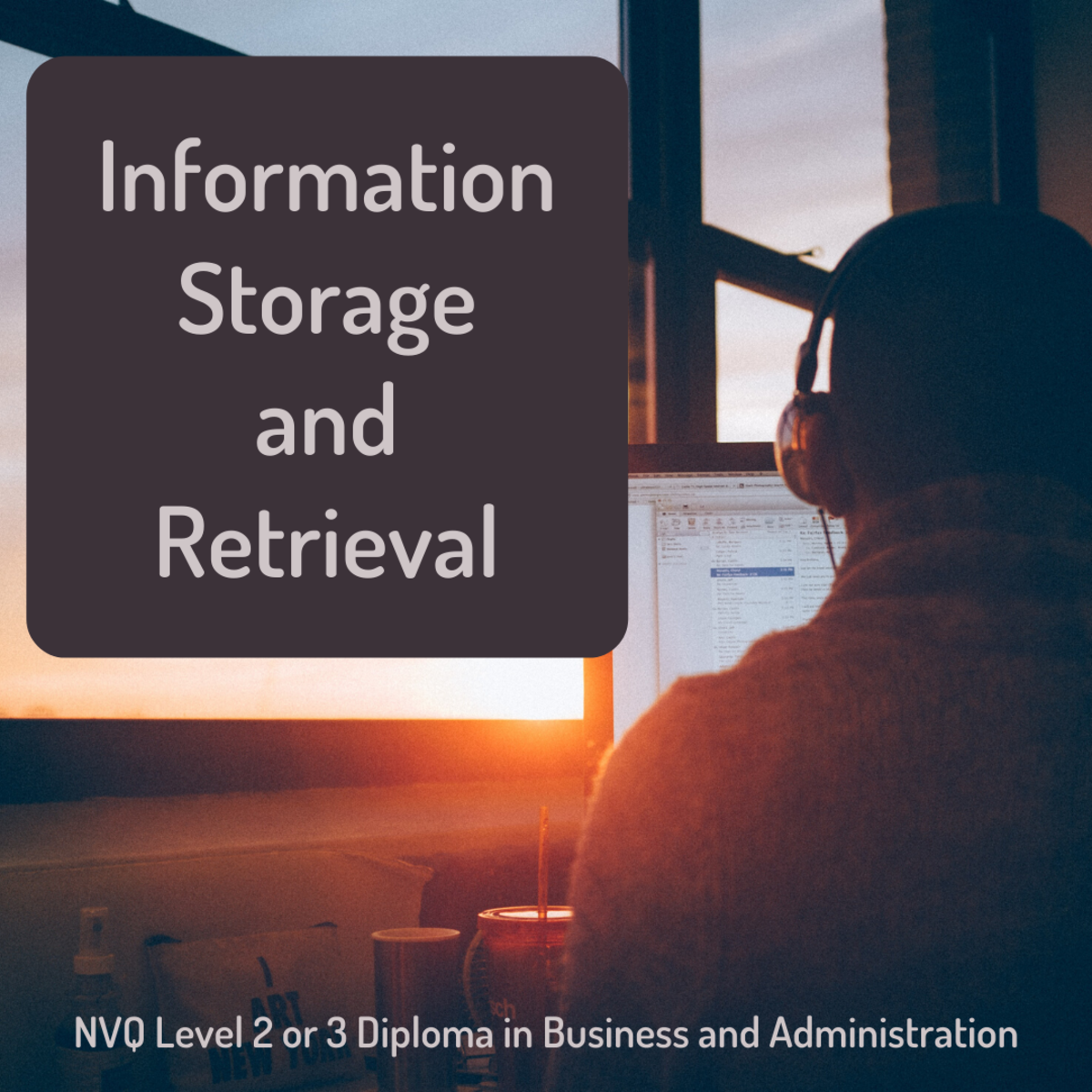Preparing for Your Dream Job in the IT Industry

Technology is one of fasting growing industries and offers a variety of jobs in the computer field. If you have a passion for computers like I do, imagine yourself working in the field that you love. Maybe you’re interested in software, hardware, web design, e-learning development, or you just love technology in general. There are so many types of computer jobs out there, but which one is right for you? You might ask yourself…What is a Systems Analyst? What does a Data Entry Operator do? What is the difference between a Database Analyst and a Database Administrator? When applying for a position in the IT industry, it’s important to understand job titles, duties and education requirements so you can find the right fit for you. It’s like looking for a good pair of shoes. It’s worth shopping around and looking for a good fit! Once you understand more of what a job entails, it’s easier to identify your dream job!
Here are a few steps to help you find and land your IT dream job:
- Research the meaning of IT job titles and corresponding duties of jobs.
- Assess your skills and experience to find a good IT job match.
- Prepare, write or update your resume.
- Apply for your IT dream job and prepare for job interviews.
- Picture yourself in your dream job…and land your dream job!
So let’s get started.
Step 1: Research IT Job Titles
Use the listing below to learn more about IT jobs.
Applications Programmer - Develops, installs, and maintains software application programs. Usually requires knowledge of one or more specific computer programming languages. Usually requires 1-2 years relevant professional experience or equivalent education.
Chief Information Officer (CIO) - Oversees business planning for information technology, plans strategies for developing systems and acquiring hardware to maintain organization. Usually requires a degree in Information Technology and 10 or more years of management experience.
Computer Operator - Operates, monitors, and controls a mainframe computer and related peripheral equipment by following established procedures; monitors console, storage devices and printers, and reports system problems; assists in troubleshooting and reconfiguring system components when system fails. Usually reports to Data Processing Operations Supervisor. Requires high school diploma and several years relevant experience, or equivalent.
Computer Training Specialist - Develops and conducts computer training in specialized software applications. Trains and monitors progress of staff and effectiveness of training programs. Assesses computer training needs and establishes training best practices. Typically requires 1-2 years of microcomputer/software experience.
Data Communications Analyst - Designs, installs, and maintains data communication between mainframe, terminals, printers, LANS, and remote site hardware. Usually requires a 4 year degree and 4-6 years of relevant experience, or equivalent.
Data Entry Operator - Tracks, enters and verifies a variety of data; checks quality of data formats; resolves problems regarding computer data. Usually reports to the Data Entry Supervisor, and requires high school diploma and 1-2 years relevant experience, or equivalent.
Data Entry Supervisor - Supervises and monitors the quality of the data entry process. Resolves data integrity issues and coordinates with other areas of IS. Requires high school diploma and 3-5 years relevant experience, or equivalent.
Database Administrator - Manages the design and development of databases and related master files. Monitors and guarantees the performance integrity and quality of databases. May supervise or mentor Database Analysts. Usually requires an Information Systems degree with comprehensive experience with database systems and related software.
Database Analyst - Designs, implements, and maintains simple to complex databases. Maintains database dictionaries and ensures system integration. Usually requires 2-4 years relevant experience or equivalent combination of education and experience.
Help Desk Analyst - Monitors, logs and dispatches computer inquiries and trouble calls; responds to inquiries and requests for assistance with computer systems and/or PC's;troubleshoots and provides assistance to computer users. Coordinates with other IS areas and analysts to resolve problems if necessary. Requires 2 or more years relevant computer experience.
Information Systems Manager/Director - Oversees computer department staff, directs computer operations, technical support, systems analysis and programming. May also oversee database management, telecommunications, IS training and microcomputer technology. Establishes technical priorities, best practices, and policies and procedures. Usually reports to the CEO or CIO. Requires an MIS degree and 6 or more years of relevant experience.
Information Systems Security Analyst - Manages disaster and recovery procedures for information systems department, sets up user accounts and assigns system privledges for computer users; administers security measures to restrict unauthorized use of data systems and databases, organizes off-site storage, supports departments in planning and implementing security or disaster recovery plans. Usually requires a 4 year degree and 3-5 years relevant experience.
Instructional Designer - Analyzes, designs, develops and implements e-learning, training programs, and educational materials. This may include computer demonstrations, software simulations, coursework, computer training, web development and online computer programs. Instructional Designers frequently work with Graphic Designers in the development process. Instructional Designers also evaluate and recommend training programs. Typically requires a degree in Instructional Design and 2-4 years relevant experience.
Network Administrator - Installs, configures, and maintains LAN (Local Area Network) server and workstations. Manages performance and maintains security of LANS, and works with multiple hardware and software. Requires 2-4 years relevant experience or an equivalent combination of technical training and experience.
Network Systems Technician - Monitors reliability of network infrastructure and operating systems on multiple platforms, diagnoses and repairs system problems. Usually requires a 2 year degree and 2-4 years relevant experience, or equivalent.
PC Hardware Technician - Installs PC's and related hardware, investigates hardware problems, performs minor system hardware and communication connection repairs, and performs basic diagnostic testing. Major problems or repairs are directed to outside vendors. This is position usually requires comprehensive knowledge of PC hardware installation, repair, testing, and troubleshooting. Usually requires a 2 year degree and 2-4 years relevant experience, or equivalent.
PC Support Analyst or Specialist - Analyzes, plans, designs, and installs new personal computer systems; monitors and upgrades existing personal computer systems; determines user specifications for hardware and software. Purchases or builds software to meet user needs. Typically reports to LAN/WAN Manager or PC Support Manager. Usually requires an associate degree and 1-2 years related experience, or equivalent.
Programmer - Encodes, tests, debugs and compiles computer programs in one or more computer languages. May assist in preparing specifications and user requirements. Usually requires 1-2 years relevant professional experience or equivalent education. There are entry level and senior programmers which vary depending on experience and complexity of programs. Higher positions may require flowcharting diagrams, testing and debugging; or a specific applications programming language.
Systems Analyst - Analyzes, evaluates and modifies existing or proposed systems and related devices. Coordinates with users to ensure timely and efficient manufacturer's software release installation. May design, encode, test and debug programs or user defined modifications. Usually requires a 4 year degree and 4-6 years relevant experience, or equivalent. A Senior Systems Analyst requires additional experience in systems analysis.
Project Manager - Plans, organizes, and oversees the implementation and installation of new compute systems. This includes establishing procedures for implementation, programming and/or maintenance of new computer systems. Coordinates efforts with other IS departments and users. Establishes and oversees project timelines and ensures that budgets are met. Usually requires a 4 year degree and 4-6 years relevant experience, or equivalent.
Web Content Administrator - Develops and provides content for one or more web sites. Acts as editor of the web content and gathers and researches information. Makes improvements and enhancements to the site including designing or recommending graphics to enhance the look of the site. May requires a 4 year degree in English or Journalism, Graphic Design, or Communications and 2-3 years experience in web page design and HTML.
Web Site Manager - Oversees one or more web sites, manages database development, technical programming, web site design, and daily operations of the web site. May also direct the activities of other web site staff, including web developer, web content adminstrator, web administrator or webmaster. Usually requires a 4 year degree in information systems and 2-4 years experience including internet/client server experience.
Web Administrator - Manages technical aspects of an organization's website, including upgrading and maintaining servers, hardware, software, telecommunication connections, e-mail, and security systems. May also investigates and troubleshoot system errors, performs backups, and ensures user accessibility and site performance. Usually requires a degree in computer science and related technical experience.
Webmaster - Designs and implements internal (Intranet) and external (Internet) web pages and applications. Programs and/or converts documents into HTML (Hypertext Markup Language) or other complex programming language. Typically requires 2-4 years IS and/or internet experience. A Senior Webmaster may oversee the design and implementation of web pages and applications and requires additional IS experience and/or education.
Step 2: Assess Your Skills
Next, assess your skills as well as your experience. Do you have the proper training required for the job? Do you have the necessary experience?
Years ago, when I was studying Computer Science in college, I knew that I wanted to work in the IT industry, but I wasn’t sure what type of computer careers there were. I started looking at ads and reading job descriptions to understand more about different types of IT jobs. I remember buying the book, “What Color is Your Parachute” which is an excellent resource for identifying your talents and interests. By identifying your skills and interests, and comparing them with duties of a particular job, you can find your niche, and ultimately find the job that best suits your skill set.
To assess your skills, you can visit your local library or purchase a self-help book to help you learn more about yourself and discover your skills and talents. The book,What Color is Your Parachute, is a practical guide for job hunters and career-changes. There’s even a job-hunter’s workbook, and a teen version of the book.
If you need more experience or education in the field, sign up for relevant classes or enroll in a 2 or 4 year IT program. There are also a variety of online career assessments you can explore to help you in your career planning.
Step 3: Prepare Your Resume
Prepare, write or update your resume. When preparing for a job in the IT or any industry, it’s important to prepare and write a resume containing a job objective that matching with the job you are looking for. I recall buying books on how to write a resume. Nowadays, there is a world of information online, including resumes templates, which can assist you with resume writing.
A resume can be chronological or functional. A chronological resume lists all your job experience and education in date order. If you don’t have a lot of experience, a chronological resume, including any achievements and special skills you possess is recommended. If you have a lot of experience, a functional resume allows you to focus of specific types of skills, including adminstrative, managerial and customer services skills.
Resume Writing Tips
- Use an easy to read, clear font.
- Be sure to check for spelling and grammar errors.
- Use power words, such as administered, researched, trained, spear-headed and organized, rather than simple verbs such as completed, gave, ran, filed, used, etc.
- Include a specific job objective at the top of your resume that is related to the job you are applying for.
- Try to keep your resume to one page. If the resume is too lengthier or hard to read, the employer may not be interested to review all the information. If you have many years of experience and a large amount of information to include, a two-page resume can be used. Be sure to number the second page and include a header, such as: Page 2 – Resume of John Smith
Should You Include a Cover Letter?
I’m a strong believer in cover letters. Include a cover letter with your resume, and tailor your cover letter to meet the needs of the job you are applying for. For example, your introductory paragraph should include the name of the job you are applying for. You may also want the prospective employer to know that you are qualified by identifying your skills and experience. Sample introductory sentences: “I am writing to you in regards to your position for a PC Analyst. As you can see my resume, I possess all the necessary skills and experience you are looking for.”
End your cover letter by letting the employer know that you are very interested in working for his/her company, and that you feel as though you will be an asset to their organization. Finally, thank the employer for his/her time and consideration.
Looks for sample resumes and cover letters online to get ideas. Then, go to it and create your best resume and cover letter ever. Save a copy of your resume in PDF format so you can easily attach it to online job applications.
Step 4: Search For Your Dream Job
Search for job online, network with others and email your resume and cover letter out. Seek out your dream job!
Tips for job hunting and interviewing:
- Setup automatic search agents on websites like careerbuilder.com, monster.com
- Attend job fairs
- Network with others and pass the word that you are job searching
- Dress for success
- Each time you have an interview, learn from it so you can do better the next time
- Always smile and maintain good eye contact
- Bring several copies of your resume and cover letter
- Send thank you and follow-up emails after interviews and job fairs
- Believe that you deserve the job and that you are successful
- Picture yourself getting the job that you want

Step 5: Land Your Dream Job!
What’s stopping you from landing your dream job? It’s out there waiting for you. Success is in your reach!
On Your Way to Finding Your Dream Job:
- Make a list of jobs you apply to (create an electronic list or table)
- Record notes after each interview including pros and cons, and notes about the job
- Circle your most desired job
- Imagine yourself receiving the phone call and being offered the job
- See yourself accepting the job and working at the company
- Contact the prospective employer and inquire about the job (example: "I recently interviewed for your PC Analyst position. I'm very interested in this position and believe I am an excellent match for the job. I just wanted to let you know that I'm available immediately.")
- Follow your dream and make it happen!
“Know what you want and continue to want it. You will get it if you combine desire with faith. The power of desire when combined with faith becomes invincible.” ~Christian D. Larson, Your Forces and How to Use Them
© 2011 Amelia Griggs









